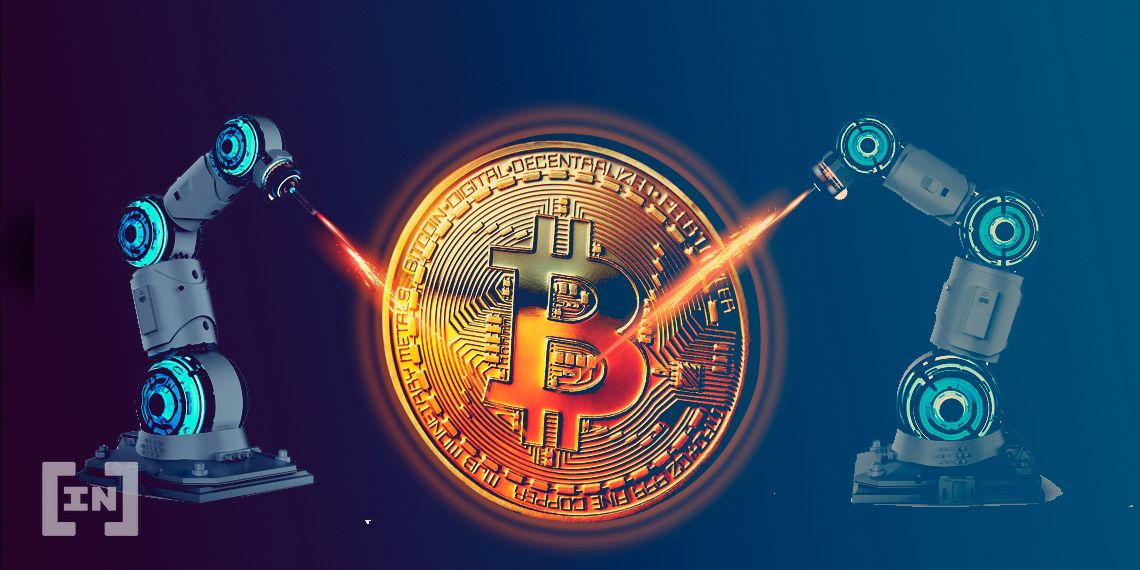Quantum computing may seem like something from the distant ‘Star Wars’ future. However, researchers in Bristol have successfully demonstrated the teleportation of information over two silicon chips.
The event is significant because it allows for the communication of information between chips at the quantum level. Such transfers of information could massively increase computing speeds while reducing the noise and costs of machines.

Entangled Information and Quantum Computing
The information transfer takes place through a physics concept called entanglement. This occurs when two particles share the same wave state while not being in contact. This allows for changes to be communicated across space without interaction.
The researchers were able to build a two-chip teleportation experiment. The quantum state of a single particle is transmitted across the two chips after a quantum measurement is performed. The particles were emitting photons for measurement.
Such a system allows information to be transmitted without normal systems like processors. Instead, information can be moved by changing wave states of particles that are entangled.
Taking this system to a larger scale still remains quite elusive. However, the researchers were able to create a four-chip system that could process information in similar ways. According to Dr. Imad Faruque:
“Based on our previous result of on-chip high-quality single-photon sources, we have built an even more complex circuit containing four sources… all of these sources are tested and found to be nearly identical emitting nearly identical photons, which is an essential criterion for the set of experiments we had performed, such as entanglement swapping.”

Applications in Bitcoin and Cryptocurrencies
The applications for such systems are broad. With information being transferable without interaction, mechanical processes would no longer be necessary. This would drastically increase the speed of processors.
Such processors would also potentially pose a risk to cryptocurrencies. Traditional computers would require hundreds of trillions of operations to break Bitcoin’s SHA-256 encryption. Quantum calculations, however, would require a little over 2 million operations to find the same information.
While this does pose some risk, other factors are certainly at play. A supplemental cryptography protocol could potentially be added to the Bitcoin network via a softfork, which would limit quantum computing effectiveness.
Regardless of the potential for loss, development is a major step forward in technology. Whether Bitcoin will be required to make changes to protect the network, though, remains to be seen.
